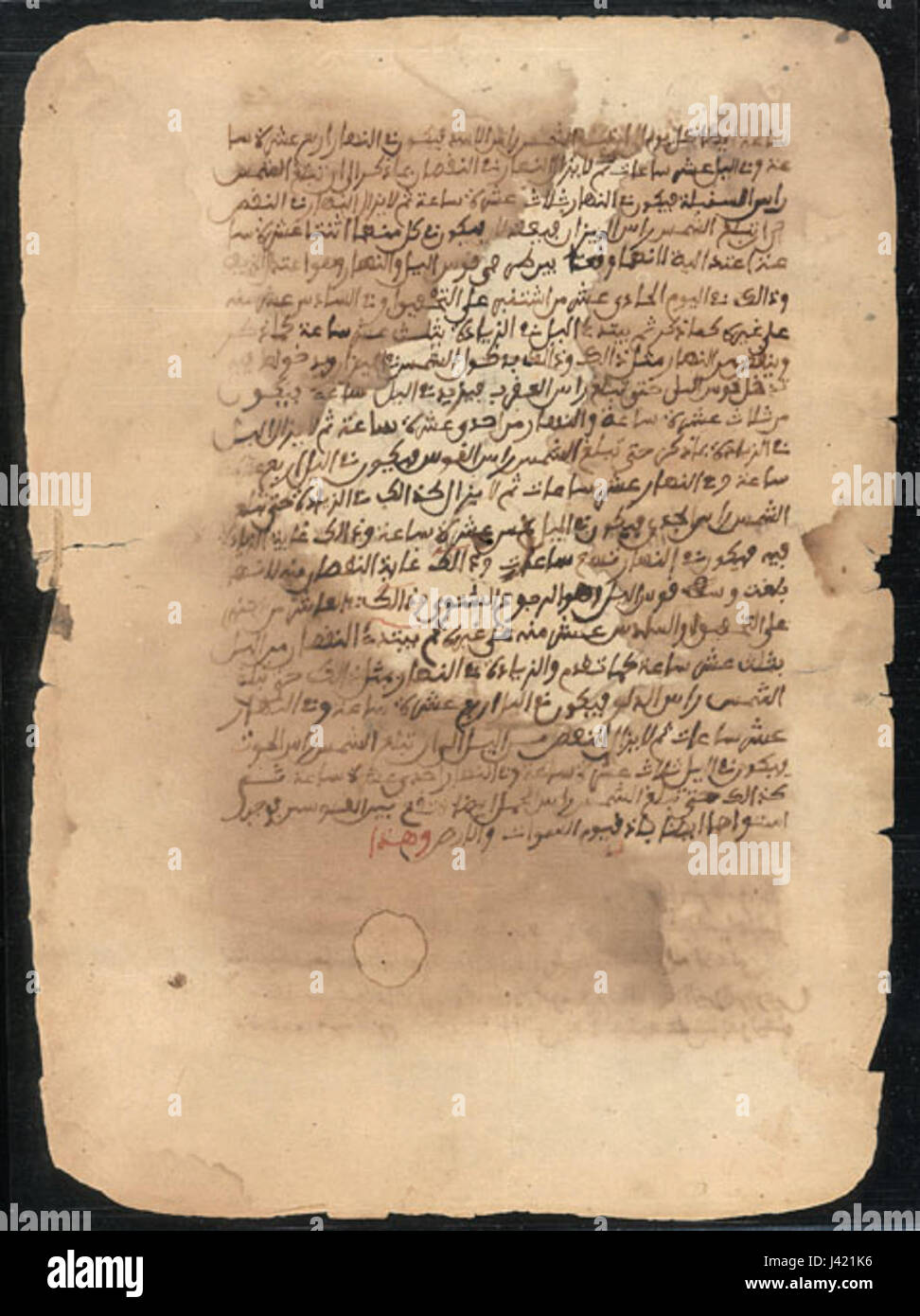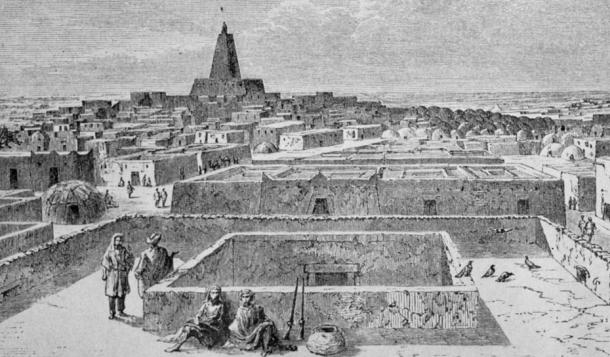

A team of local and international UNESCO experts worked in cooperation with community and religious leaders, national and military authorities, as well as the local population responsible for the safekeeping of cultural heritage in Timbuktu. In the immediate aftermath of the destruction of the monuments, and upon request from the Malian government, UNESCO and France defined an action plan to rehabilitate the city’s damaged cultural heritage and ancient manuscripts. Reconstruction and restoration of the Timbuktu mausoleums

In 2016, the International Criminal Court convicted Ahmad Al Faqi Al Mahdi for directing the attacks that destroyed the monuments. An estimated 4,203 manuscripts from the Institute of Higher Islamic Studies and Research Ahmed Baba (IHERI-ABT) were burnt or stolen by armed groups. Attacks also targeted the Al Farouk monument, which was completely destroyed. In 2012, several buildings in Timbuktu, including 14 of the 16 mausoleums which form part of the World Heritage site, were destroyed within the context of armed conflict and civil unrest. The 2019 State of Conservation Report highlighted that the property is affected by deliberate destruction of heritage, lack of functioning management systems and war. The site was inscribed on the List of World Heritage in Danger between 19, and once again in 2012, when the site was occupied by armed groups.

Although continuously restored, these monuments are today under threat from desertification, management issues, especially concerning the involvement of the local communities, and lack of resources for site management and maintenance. Its three great mosques, Djingareyber, Sankore and Sidi Yahia, recall Timbuktu's golden age. Timbuktu was inscribed on the World Heritage list in 1988 under criteria (ii), (iv) and (v) due to its outstanding universal value as an African intellectual and spiritual capital in the 15th and 16th centuries.


 0 kommentar(er)
0 kommentar(er)
